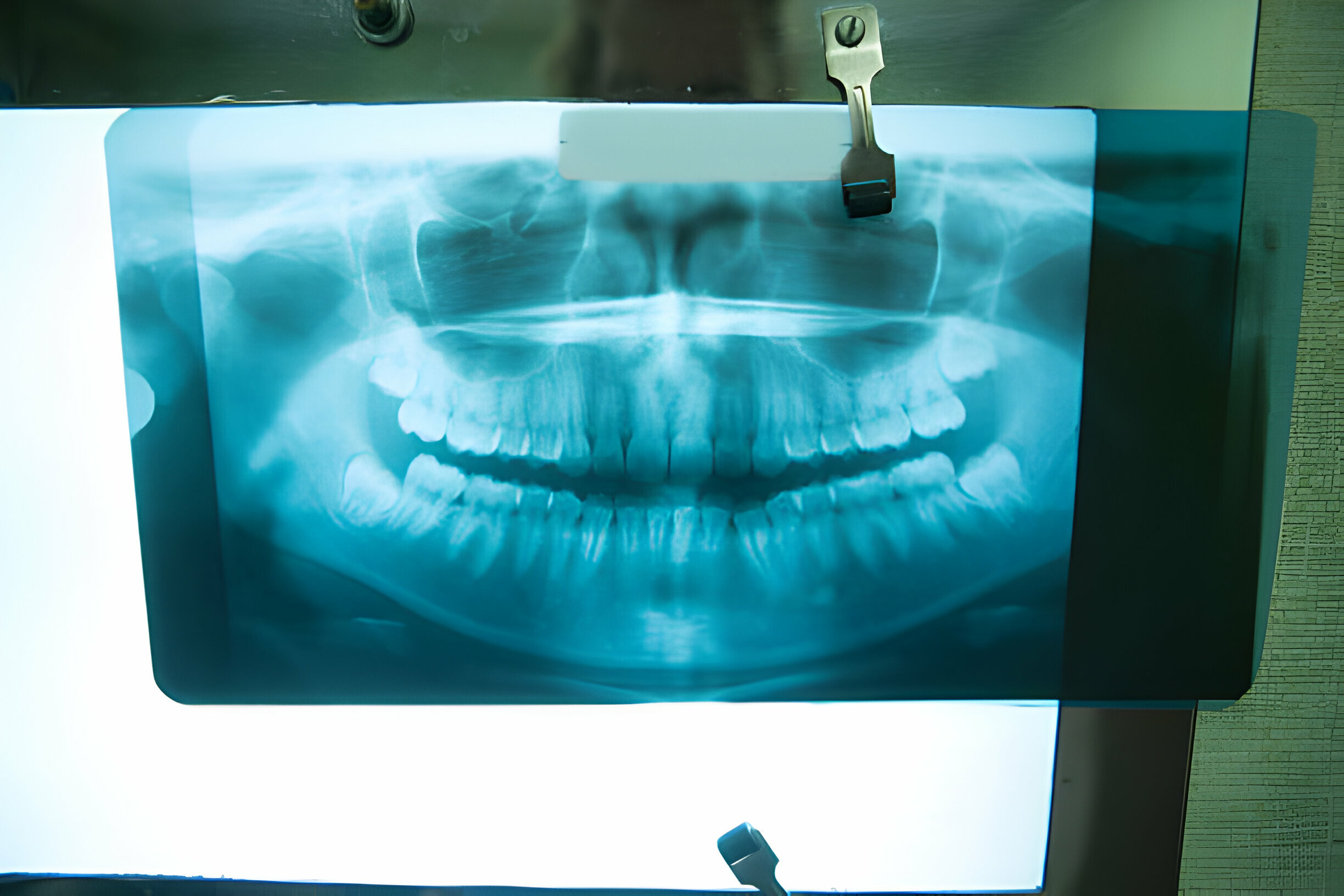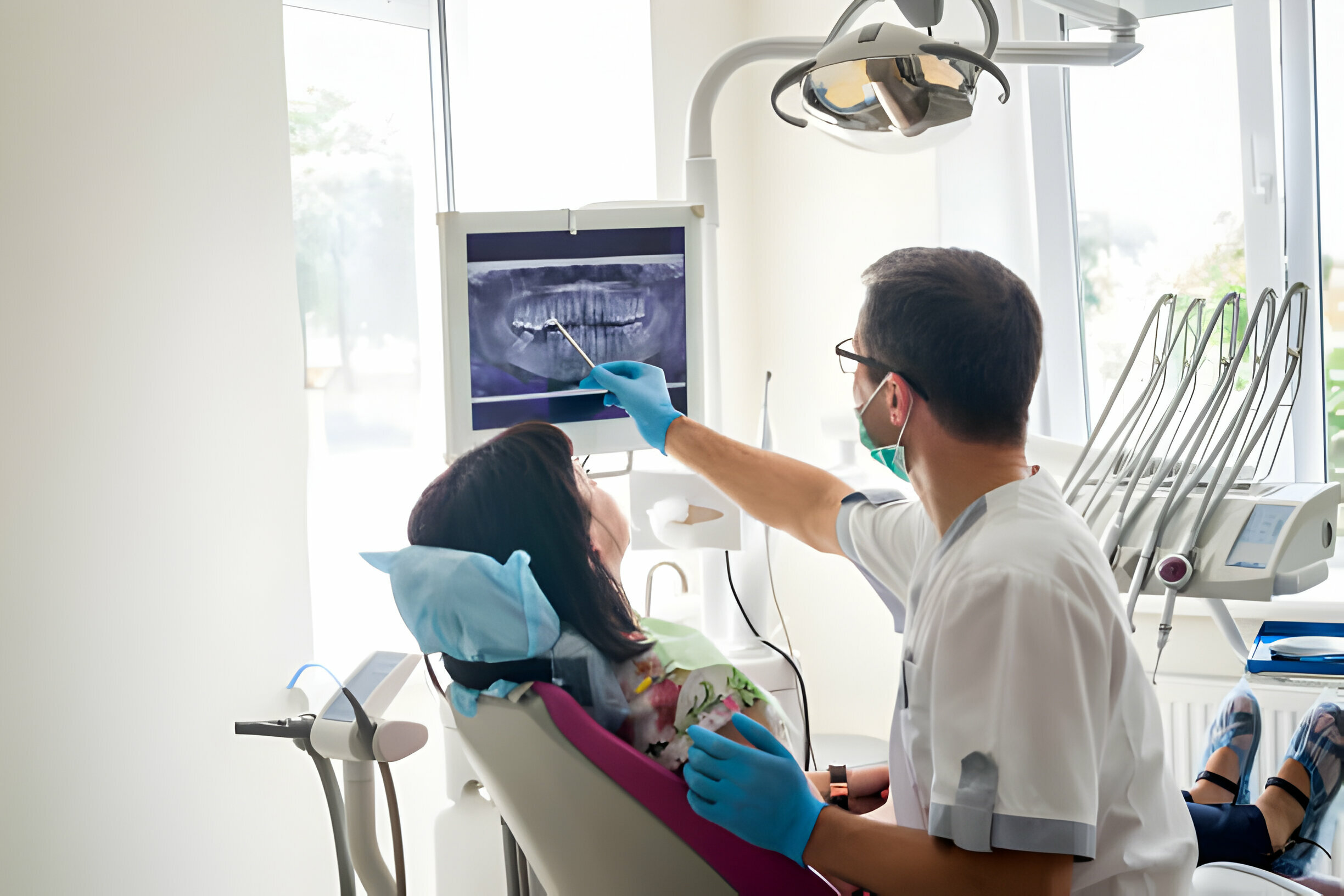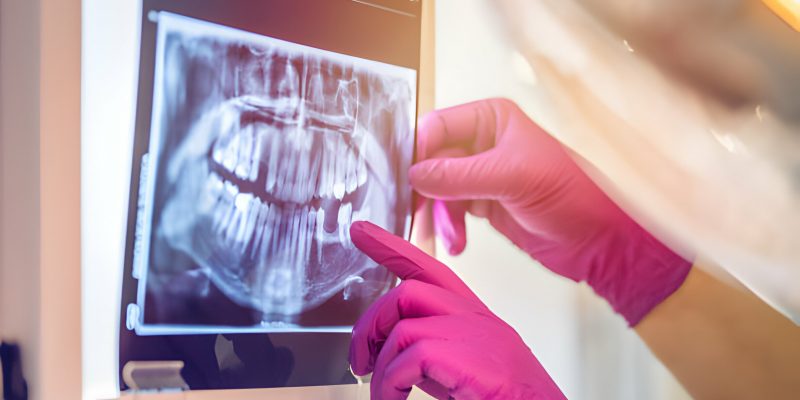Summary:
Have you ever wondered how dentists perform treatments and surgeries precisely and accurately inside our mouths?
Dentists use unique dental equipment called oral X-rays, which enables them to determine the condition of your teeth and curate specific treatment plans.

Dental issues are common among every age group; sometimes, most problems aren’t visible or noticeable. That’s when they use X-rays from your professional Dental Summerville, SC, to determine the condition of your oral health for further treatment procedures. But how many X-rays are there, and what are they used for?
In this blog, we shall delve into topics like:
- An Overview Of Dental X-rays
- Types Of Dental X-Rays You Should Know
- Are Dental X-Rays Safe?
- The Advantages Of Dental X-Rays
Continue reading as we explore different types of dental X-rays and their uses in the following sections.
An Overview Of Dental X-Rays
Dental X-rays, or radiographs, are invaluable tools in dentistry, allowing dentists to see beyond what is visible to the naked eye during a regular examination. They play a crucial role in diagnosing various conditions such as cavities, gum disease, and impacted teeth by providing detailed images of the teeth, roots, and surrounding bone structure.
Dentists rely on Summerville Dental X-rays to create precise treatment plans tailored to each patient’s needs, ensuring effective management of problems despite concerns about radiation exposure. Modern X-ray technology minimizes risks while maximizing diagnostic accuracy, ultimately contributing to better oral health outcomes for patients.
Types Of Dental X-Rays You Should Know
Dental X-rays, the unsung heroes of oral healthcare, serve as indispensable tools in the arsenal of modern dentistry. They unveil hidden aspects of oral health, revealing conditions that might elude the naked eye during routine examinations.
Let’s understand the different types of oral X-rays, each type a distinct window into the intricate world of oral anatomy and pathology.
Bitewing X-Rays
Imagine a snapshot capturing the intricate dance of molars and premolars, revealing the subtle nuances of interproximal spaces. Bitewing X-rays excel in detecting the earliest signs of decay between teeth, an area notoriously challenging to assess visually. They also offer insights into the integrity of restorations, ensuring that fillings and crowns snugly embrace their designated territories.
Periapical X-Rays
Delving deeper into the cavity, periapical X-rays zoom in on individual teeth, from crown to root apex. Like archaeological excavators, they unearth hidden mysteries lurking beneath the gumline.
These X-rays play a pivotal role in diagnosing conditions such as abscesses, root fractures, and anomalies in tooth morphology. Periapical X-rays guide clinicians in formulating targeted treatment strategies by providing a holistic view of the tooth’s structure and surrounding bone.
Panoramic X-Rays
If X-rays were canvases, panoramic X-rays would be masterpieces, capturing the panoramic vista of the oral cavity in a single frame. They encompass the teeth, jaws, sinuses, and temporomandibular joints with a sweeping gaze.
Panoramic X-rays are indispensable allies in orthodontic planning, detecting impacted teeth, and evaluating the development progression. They offer a panoramic perspective, illuminating the broader landscape of oral health.
Orthodontic X-Rays
In orthodontics, precision is paramount, and orthodontic X-rays rise to the occasion with finesse. Also known as cephalometric X-rays, they shift the focus to the side profile of the head, unraveling the intricate interplay between teeth, jaws, and facial structures.
Orthodontic X-rays serve as blueprints for treatment, aiding orthodontists in assessing dental alignment, diagnosing skeletal discrepancies, and crafting personalized treatment plans tailored to each patient’s unique anatomical landscape.

Cone Beam Computed Tomography (CBCT)
Enter the realm of three-dimensional imaging, where anatomy springs to life with unparalleled clarity and precision. CBCT, the crown jewel of radiology, revolutionizes diagnostic capabilities with its ability to generate high-resolution 3D images of teeth, jaws, and surrounding tissues.
From intricate dental implant placements to complex orthognathic surgeries, CBCT guides clinicians with surgical precision, minimizing guesswork and maximizing treatment outcomes.
Occlusal X-Rays
As the curtain falls on our exploration, occlusal X-rays take center stage, illuminating the hidden recesses of the oral cavity’s floor. With a broad sweep, they unveil the entire arch of teeth, unveiling anomalies such as cysts, tumors, or supernumerary teeth.
Occlusal X-rays serve as invaluable tools in pediatric dentistry, offering insights into the development of primary teeth and detecting abnormalities that might impact oral health and development.
Are Dental X-Rays Safe?
Dental x-rays are safe when you follow proper precautions. These machines require minimal radiation exposure. It exposes a person to at least 2-3 REM compared to the 360 REM that people usually get exposed to from the environment yearly. The benefits of timely detection and treatment of oral problems generally outweigh the associated risks of x-ray imaging.
The Advantages Of Dental X-Rays
Dental X-rays serve as indispensable tools in the realm of oral healthcare, offering many benefits that contribute to the well-being of patients. Here’s a closer look at why X-rays are an essential component of dental practice:
- Early Problem Detection: One of the primary advantages of dental X-rays is their ability to detect dental issues at their nascent stages. By revealing hidden problems like cavities, infections, and bone abnormalities, X-rays enable dentists to intervene early, preventing complications and saving patients from potential discomfort and expense.
- Monitoring Development: Particularly crucial in pediatric dentistry, X-rays help dentists monitor the development of teeth and jaws. They facilitate the identification of issues such as misalignments and impactions, allowing for timely intervention to guide proper growth and alignment.
- Precise Treatment Planning: Detailed X-ray images provide dentists with essential information for planning procedures, including extractions, root canals, and orthodontic treatments. This precision enhances the effectiveness of treatments, leading to better outcomes for patients.
- Detection of Hidden Decay: Dental X-rays can unveil cavities hidden from plain sight, especially between teeth or beneath the gum line. Detecting these hidden cavities early on helps prevent further decay and preserves the integrity of the affected teeth.
- Long-Term Monitoring: By comparing current X-rays with previous ones, dentists can monitor changes in oral health over time. This longitudinal view enables the tracking of disease progression and the evaluation of treatment effectiveness, guiding adjustments as necessary.
- Patient Empowerment Through Education: X-rays provide tangible visual evidence of oral health conditions, empowering patients to participate in dental care actively. Understanding their issues through X-ray images motivates patients to adopt preventive measures and adhere to treatment plans.
- Indicators of Overall Health: Beyond oral health, X-rays can reveal signs of systemic conditions that manifest in the mouth. Early detection of these indicators, such as signs of diabetes or osteoporosis, through dental X-rays, can prompt patients to seek further medical evaluation, potentially improving overall health outcomes.

Takeaways:
- Dental X-rays are vital for diagnosing various dental conditions providing detailed images of teeth, roots, and surrounding bone structure.
- X-rays help catch dental issues early, enabling prompt intervention and prevention of complications.
- Detailed X-ray images aid in planning oral procedures effectively, leading to better patient outcomes.
- Get the best oral treatment with our experts at Cane Bay Family Dentistry. Connect with us today to learn more.

